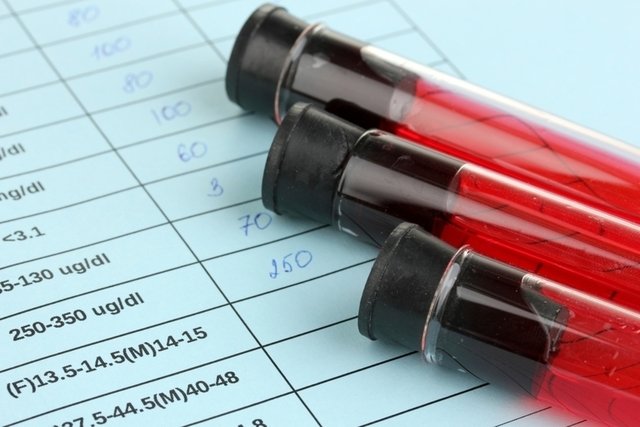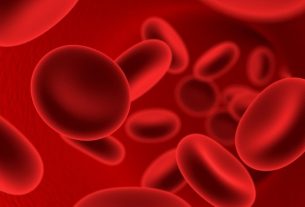Chronic anemia is a type of anemia that arises as a consequence of chronic diseases that interfere with the process of formation of blood cells, resulting in a decrease in the quantity of produced and circulating red blood cells and hemoglobin.
This type of anemia, also called anemia of chronic disease or ADC, can be caused by situations that cause progressive inflammation of the body, such as tumors, infections, kidney changes and autoimmune diseases, for example, and is more common in patients hospitalized and/or over 65 years old.
The diagnosis of chronic anemia is made by the doctor through a blood test, such as blood count and iron and ferritin levels, and it is also essential that the cause of the anemia is identified, as it directly interferes with the treatment.

Main causes
The main causes of anemia of chronic disease are:
- Cardiac insufficiency;
- Chronic Obstructive Pulmonary Disease (COPD);
- HIV virus infection;
- Autoimmune diseases, such as rheumatoid arthritis and systemic lupus erythematosus;
- Crohn’s disease;
- Sarcoidosis;
- Lymphoma;
- Multiple Myeloma;
- Cancer;
- Kidney disease.
In these situations, it is common that, due to the disease, the red blood cells start to circulate for less time in the blood, changes occur in iron metabolism and hemoglobin formation or the bone marrow is not efficient with regard to the production of new red blood cells, which results in in anemia.
It is important that people diagnosed with any type of chronic disease are periodically monitored by a doctor, through physical and laboratory examinations, with the aim of verifying the response to treatment and the occurrence of consequences, such as anemia, for example.
How to confirm the diagnosis
The diagnosis of chronic anemia is made based on the results of the blood count and the level of iron, ferritin and transferrin in the blood, because the symptoms presented by patients are usually related to the underlying disease and not to the anemia itself.
Thus, in order to diagnose ADC, the doctor analyzes the result of the blood count, being able to verify the decrease in the amount of hemoglobin, varying size of red blood cells and morphological changes, in addition to the result of the iron concentration in the blood, which in most cases cases is reduced and the transferrin saturation index, which is also low in this type of anemia. Find out more about the tests that confirm anemia.
How the treatment is carried out
Normally, no specific treatment is established for chronic anemia, but rather for the disease responsible for this change.
However, when anemia is very severe, the doctor may recommend the administration of Erythropoietin, which is the hormone responsible for stimulating the production of red blood cells, or iron supplementation according to the results of the blood count and serum iron and transferrin dosage. , for example.
Bibliography
- LOPES, Ana J.O.C.. Anemia of chronic disease: review article. Course completion thesis, 2011. Faculty of Medicine, University of Coimbra.
- CANCEDO, Rodolfo D.; CHIATTONE, Carlos S. Chronic Disease Anemia. Brazilian Journal of Hematology and Hemotherapy. Vol. 24. 2 ed; 127-136, 2002

Sign up for our newsletter and stay up to date with exclusive news
that can transform your routine!
Warning: Undefined array key "title" in /home/storelat/public_html/wp-content/plugins/link-whisper-premium/templates/frontend/related-posts.php on line 12
Warning: Undefined array key "title_tag" in /home/storelat/public_html/wp-content/plugins/link-whisper-premium/templates/frontend/related-posts.php on line 13



